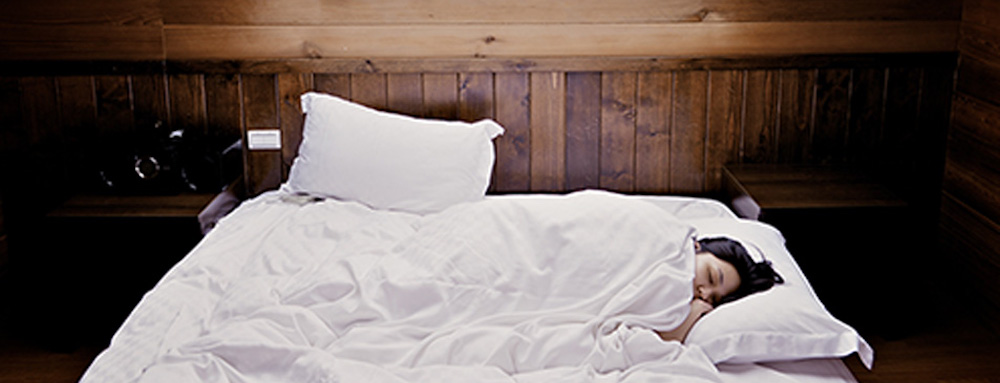
Imagine an ordinary house-brick with a half-moon shape carved out of the upper surface. That’s what Iraqis used for pillows 8,000 years ago. Comfort didn’t really come into it. Personal hygiene wasn’t important though — it was more about not having your head laying in dust, dirt, insects or mites.
At least wealthy ancient Egyptians carved a crescent shape from wood to hold and protect their heads. Heads were, after all, important spiritually.
Chinese back then knew how to make soft pillows, but believed only wood, jade or stone kept demons away. Okay— at least they were easy to clean.
Ancient Greeks and Romans used cloth sacks filled with feathers (the upmarket option) or straw (for budget-conscious folk). We know the Romans were into bathing, but we’re not sure that the pillows got a wash. History is silent on that.
Fast forwarding to Europe in medieval times; pillows were only used by pregnant women. Men felt they were diminished from using pillows and non-pregnant women weren’t worthy of them.
The industrial revolution finally brought pillows to more people, as well as cushions for chairs and chaises longues. Feathers, wool, kapok and bamboo (imported from Asia) were used to fill wool and cotton covers brought in from around the empire.
Very few of these fillings could be laundered. Sunlight was used as a disinfectant and that was as far as it went.
In hospitals, to prevent infection, pillows were encased in plastic which could be wiped down between patients, then popped into a washable cotton cover. The ruddy cheeks that doctors and nurses observed were more a rash than a sign the patient was getting better!
Dry cleaners do not as a blanket rule clean pillows. Very few laundries will clean pillows, yet the health benefits of having a clean pillow are enormous. The reduction in dust mites can alleviate asthma and give a person a deep and restful sleep. Imagine what a clean, stain-free and fluffy pillow laundered annually, could do for your night life.
